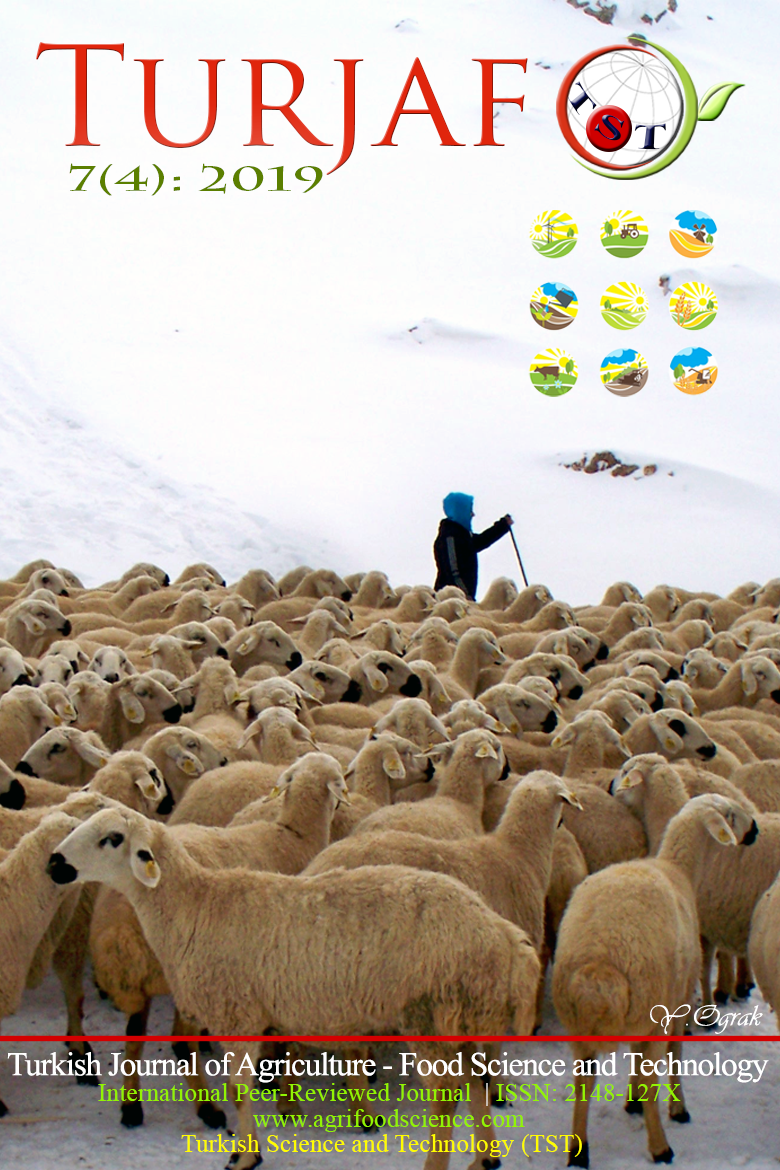Investigation of Soil and Water Conservation by Rainwater Harvesting Mulching in Dry Olive Orchards
DOI:
https://doi.org/10.24925/turjaf.v7i4.576-582.2194Keywords:
Water harvesting, Soil and water conservation, Olive, Plant growth, Runoff and sediment lossAbstract
Water harvesting techniques provide collecting rainwater to reduce the effects of water shortage and drought as well as the added benefits of soil and water conservation in dry areas. In this study, The Negarim microcatchment water harvesting technique was used in olive orchards established in sloping areas under rain fed conditions in the Southeast Anatolia Region. In this study, in order to rain water transport to plant the root zone in a total 36 micro-catchments with different surface treatments including plastic mulching, surface compaction, stone cropping and control were considered. Runoff, sediment losses, plant growth were measured in 2009-2010 water years. According to the results, the annual average rainfall ranged from 250 to 400 mm in this experimental area, the average maximum runoff was 6201 L/plot in plastic mulching treatment. The average minimum runoff was 810 L/plot in stone mulching during the experimental years. Average maximum sediment loss was measured as1163 g/plot in plots of the surface compaction plots, and average minimum sediment loss was 673.5 g/plot in stone mulching plots. The best erosion control was observed for micro-catchment surface covered with plastic mulching that also determined the best application for plant growth and plant height by 107.5 cm. Finally, in olive orchards in which established sloping areas without irrigation, Negarim micro-catchment water harvesting technique was found to be useful and feasible technique to increase tree height and growth, as well as soil and water conservation in sloping and arid agriculture areas.Downloads
Published
16.04.2019
How to Cite
Kuzucu, M. (2019). Investigation of Soil and Water Conservation by Rainwater Harvesting Mulching in Dry Olive Orchards. Turkish Journal of Agriculture - Food Science and Technology, 7(4), 576–582. https://doi.org/10.24925/turjaf.v7i4.576-582.2194
Issue
Section
Research Paper
License
This work is licensed under a Creative Commons Attribution-NonCommercial 4.0 International License.









